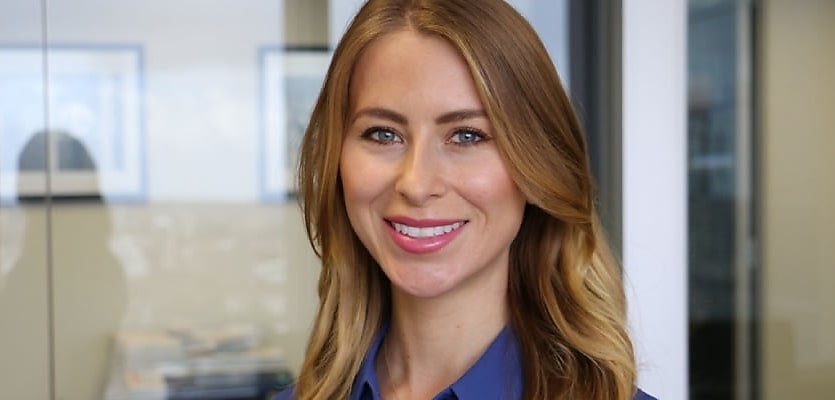To address housing affordability pressures, the Labor Party made the pre-election promise to implement its Help to Buy scheme.
Having finally secured a majority in the lower house, this promise looks like becoming an actuality. But the question remains: does it have the capacity to meet Australia’s needs?
The scheme will allow eligible participants to purchase a property with a deposit as low as 2 per cent, with the government guaranteeing up to 30 per cent of the price for an existing home and 40 per cent for new homes.
This results in lower deposits, the biggest barrier to home ownership, smaller loans and consequently, smaller repayments, an important factor as interest rates are expected to continue rising, while also reducing the impact of rising construction costs for new homes.
With the project requiring that participants not own or have interest in a home, Australia’s renter population are viewed as the most likely proponents of the Help to Buy scheme.
Recent research from PropTrack outlines that over one-third (32 per cent) of the Australian population are renters, which equals more than 2 million households, or 5 million renters.
The scheme, which is aimed at singles earning $90,000 gross per year, or couples making up to $120,000 taxable income per year, applies to 60 per cent of Australian households and 70 per cent of Australian renters.
By deducting the 30 per cent of renters ineligible for the scheme based on income, PropTrack has estimated that there are approximately two and a half million Australians eligible for the 10,000 places the scheme offers.
According to PropTrack economist Eleanor Creagh, “the potential number of people qualifying for the scheme is huge”.
“In Hobart, Adelaide, and Brisbane, based on income eligibility, between 60 per cent to 70 per cent of households currently renting could be eligible, according to analysis of income data from the ABS. In the other capitals, it’s estimated to be slightly less,” she said.
In terms of available stock – with the exception of Canberra, where only 22 per cent of dwellings are valued at under that city’s price cap; Hobart, where that figure jumps to 30 per cent; and Darwin (68 per cent) – approximately 50 per cent of the nation’s capital cities are home to dwellings that are sitting under the scheme’s proposed price caps.
Meaning: the stock is available for scheme users, but does the financial threshold enable and promote enough Australians to access home ownership through the use of the scheme?
Ms Creagh doesn’t think so.
“Many with incomes low enough to qualify couldn’t afford to service a mortgage in most parts of the country,” she said.
“About one-third of those who qualify by income are likely to be able to borrow enough to purchase an outer ring capital city apartment, or [an] entry level middle ring capital city apartment in Adelaide, Brisbane, and Perth.”
“All up,” she concluded, “that’s roughly a quarter of households renting in the capital cities. So, the scheme’s 10,000 places a year is likely to fall well short of the potential number of would-be buyers.”







You are not authorised to post comments.
Comments will undergo moderation before they get published.